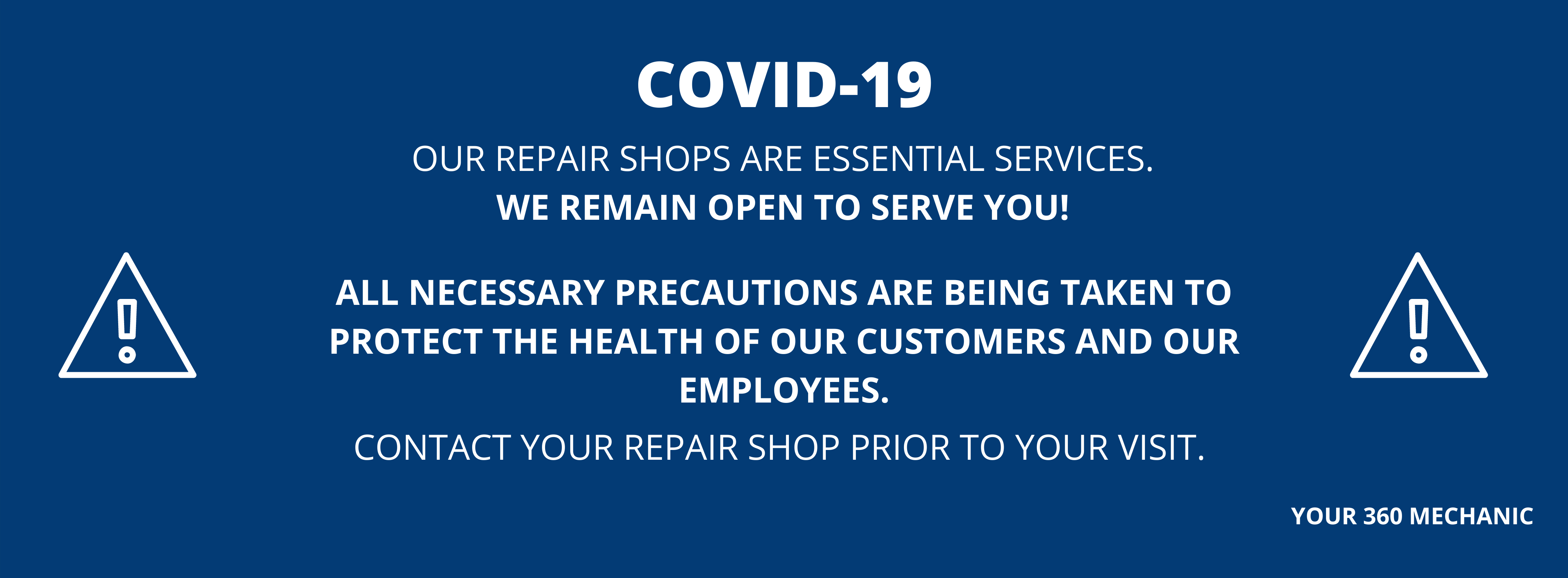How can you make sure your seat belt is working properly?
Seat belts are still considered the gold standard for passenger safety. They can reduce the risk of serious injury or death in a collision by up to 50 percent. However, like any other automotive component, seat belts can wear out or get damaged, especially after an accident. In this blog, the experts at M 360 Mechanic share some tips to help you ensure your vehicle’s seat belts are functioning properly.
Conduct a visual inspection
Start by fully unrolling the seat belt and examining the strap for any signs of deformation, fraying, or cuts. Also check the attachment point and latch for any signs of wear or defects.
Perform a fluidity test
A properly functioning seat belt should retract completely when you let go of it. If it doesn’t, inspect the retraction mechanism and remove any debris that may be obstructing it. Also, ensure the buckle easily engages with the latch and that it’s not difficult to release. If you notice any issues have these components immediately replaced.
Examine the pretensioners
Most modern vehicles are equipped with seat belt pretensioners, which automatically tighten the belt when they detect an impact. You can have a mechanic check the condition of these components and test their resistance to determine if they need to be replaced.
Check the warning lights
When you start your vehicle, make sure none of the warning lights remain lit, particularly the seat belt or airbag lights. These lights can come on if there’s an issue with the crash sensor connected to the pretensioners. If any warning lights stay on, bring your car to a qualified mechanic.
Remember, seat belts protect you and your passengers from potentially fatal injuries. If you notice signs of wear and tear on your seat belts, visit our website to find out which M 360 Mechanic repair shops offer this service!
